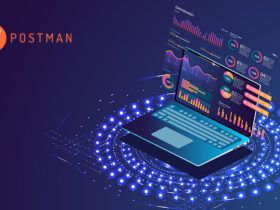Datadog, Inc, the monitoring and security platform for cloud applications, announced an expanded strategic partnership with Google Cloud, which enables Google Cloud customers to proactively observe and secure their cloud-native and hybrid applications within Datadog’s unified platform. As part of the expanded partnership and integrations, Datadog is one of the first AI/ML observability solution partners for Vertex AI, allowing AI ops teams and developers to monitor, analyze and optimize the performance of their machine learning models in production.
“Google Cloud continues to be a key partner for Datadog as we jointly help global businesses observe and secure their cloud applications,” said Yrieix Garnier, VP of Product at Datadog. “The new Vertex AI integration expands this partnership and gives AI and ML developers full observability into their production applications built on Vertex AI. With out-of-the-box dashboards and real-time monitors, customers can get started quickly and ensure their models are performing at an optimal level while delivering predictions responsively at scale and without errors.”
Also Read: Arity Launches Arity IQSM on Google Cloud’s Analytics Hub
“Generative AI is fundamentally changing how many businesses operate, fueling a new era of cloud that can benefit virtually every area of an organization,” said Kevin Icchpurani, Corporate VP, Global Partner Ecosystem & Channels at Google Cloud. “By applying Vertex AI, Datadog can help AI teams improve how they monitor and analyze the performance of machine learning models, ensuring they are functioning correctly and creating optimal value.”
Datadog’s integration with Vertex AI provides developers full observability on the prediction performance and resource utilization of their custom AI/ML models. The integration provides an out-of-the-box dashboard with prediction counts, latency, errors and resource (CPU/Memory/Network) utilization grouped by deployed models so teams can compare model performance side-by-side in production environments. It also helps detect data anomalies in order to maintain the reliability and robustness of machine learning applications.
SOURCE: PRNewswire


































